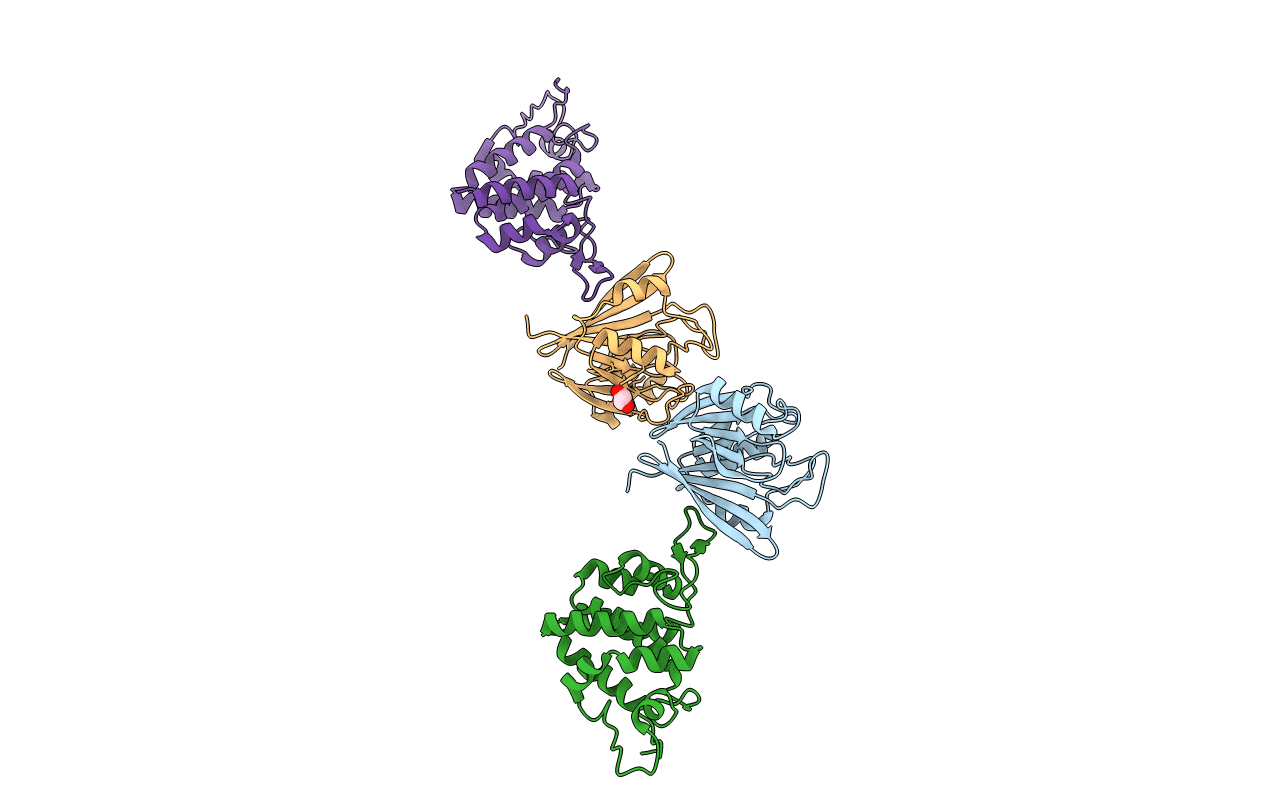
Deposition Date
2017-01-13
Release Date
2018-01-24
Last Version Date
2024-03-20
Entry Detail
PDB ID:
5WYH
Keywords:
Title:
Crystal structure of RidL(1-200) complexed with VPS29
Biological Source:
Source Organism:
Homo sapiens (Taxon ID: 9606)
Legionella pneumophila subsp. pneumophila ATCC 43290 (Taxon ID: 933093)
Legionella pneumophila subsp. pneumophila ATCC 43290 (Taxon ID: 933093)
Host Organism:
Method Details:
Experimental Method:
Resolution:
2.46 Å
R-Value Free:
0.22
R-Value Work:
0.18
R-Value Observed:
0.19
Space Group:
P 1


